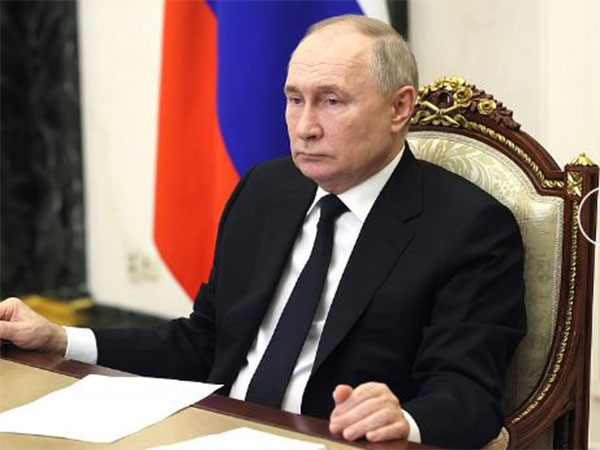
Despite battlefield success, small killer drones slow to spread in Southeast Asia

(Reuters) – Small, cheap, deadly drones caught the attention of military planners in 2020 when used to devastating effect in the conflict between Armenia and Azerbaijan, but political sensitivities may keep them out of Southeast Asia, a regional defence expert said.
Some armed models were among the drones on display at the Singapore Airshow this week, though none matched the precise features of the so-called “loitering munitions” used in the fighting two years ago – flying quietly overhead until diving down to destroy a target. Yet many regional governments are interested in that capability, said Collin Koh, a research fellow at Singapore’s Institute of Defence and Strategic Studies. “Killer drones were well emphasized during that conflict… and there is certainly growing interest,” Koh said. “Some even argued that killer drones are a gamechanger to the future of conflict. All these lessons are being paid attention to in the region.”
However, he said, with relative stability prevailing, acquiring such an offensive capability might alarm one’s neighbours. “Some countries might just see it as an additional expense … or see acquiring such a system as provocative,” he said. Last year, Israel Aerospace Industries (IAI) said it had sold its Harop loitering munition, used in the 2020 fighting, to two unnamed Asian customers. Such a deal would typically fall in the range of about $100 million for many drones, compared with roughly $90 million for a single F-35 combat aircraft.
Lockheed Martin is involved with producing the MORFIUS drone, a small, reusable autonomous aircraft designed to electronically disrupt or destroy swarms of enemy drones. The system is not planned for international sale, however, said Tim Cahill, Lockheed Martin’s senior vice president for global business. “It will go out … and go past an unmanned aerial vehicle that is flying at you and take it out,” he said. In general, there is high interest in unmanned systems in Asia and Southeast Asia for different roles, he said, including patrols of oceans, borders and coastlines.
Elbit Systems, an Israeli company, displayed a small, long-endurance drone that uses both an electric and a conventional fuel-powered motor. Boeing separately touted its Loyal Wingman drone, meant to fly alongside and support a crewed fighter, which it is developing in Australia, as well as its MQ-25 uncrewed tanker aircraft.
Although no major drone deals were announced at the show, as countries recover slowly from the economic woes brought by COVID-19, some of their military spending will surely go toward unmanned systems, Koh said. “Drones are an evergreen area to look at,” he said. “Armed drones, and drones that are optimised for maritime surveillance.”

















POST COMMENTS (0)